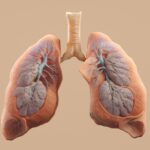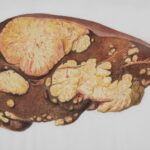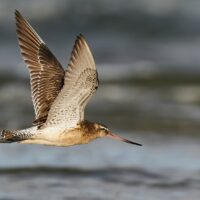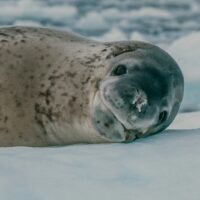Respiration Through the Skin
Cutaneous respiration, also known as continuous gas exchange or skin breathing, occurs when gas exchange happens across an organism’s skin rather than through gills or lungs. It can take place in air, water, or both.
Examples in Different Organisms:
Fish: Cutaneous respiration occurs in various marine, intertidal, and freshwater fish. Depending on the species and temperature, it may account for 5% to 40% of total respiration.
Amphibians: Amphibians rely on cutaneous respiration and often develop accessory skin structures to increase the surface area available for gas exchange.
Plethodontidae Salamanders: Adult salamanders of this family lack lungs and gills, relying entirely on cutaneous respiration to meet their metabolic needs.
Humans: While humans respire very little cutaneously, our skin is permeable to certain chemicals, allowing for absorption of medicinal ointments.
Bat: Bats use cutaneous respiration across their well-vascularized wing membranes to eliminate up to 12% of their total CO₂ waste, but only about 1% of their total O₂ requirement is taken through this route.
Birds and Reptiles:
– Feathers in birds and the scales covering reptiles limit cutaneous respiration. However, in areas with reduced scales, the skin is heavily vascularized to allow some cutaneous respiration.
Sea Snake: Sea snakes can supplement up to 80% of their oxygen needs via cutaneous respiration across the skin on their sides and back.
Monopterus Albus Larva: The larvae of this teleost fish predominantly rely on cutaneous respiration during early life stages, enabling them to inhabit the thin surface layer of water where oxygen from the air has dissolved.
Respiration Through Gills:
Vertebrates’ Gills: Specialized for water breathing, vertebrate gills facilitate external respiration by allowing gas exchange between the blood and the surrounding water. Branchial arches provide structural support for gills, with internal gills associated with pharyngeal slits and pouches that allow water to flow over the gill surface.
Ventilation Mechanisms:
– Internal Gills: Muscles in the buccal cavity pump water across the gill surface.
– External Gills: Water currents naturally flow across their projecting surfaces; specialized muscles may sweep external gills back and forth to enhance ventilation.
Vertebrate Lungs
Design for Air Breathing:
– Vertebrate lungs are elastic bags located within the body, expanding during inhalation and contracting during exhalation.
Embryological Origin:
– Lungs develop as endodermal outpocketings from the pharynx.
Structures and Location:
– In air-breathing fishes and most tetrapods, adult lungs are usually paired and lie ventral to the digestive tract. In amniotes, lungs connect to the outside environment through the trachea.
Bronchial System:
– The trachea branches into two bronchi, which further divide into smaller bronchioles supplying air to respiratory surfaces within the lungs.
Variations:
– Some species have only one lung. Tetrapods with slender bodies may have reduced lung size.
Dead Space and Tidal Volume:
– The trachea, bronchi, and bronchioles can hold residual air. During inhalation, spent air mixes with fresh air before entering the lungs. Tidal volume refers to the total volume of air inhaled in a single breath, where approximately 350ml of fresh air reaches the lungs.
High Altitude Adaptation in Birds
– Birds can reach remarkable altitudes during migration, including heights of 20,000-21,000 feet and even up to 26,000 feet on Mount Everest, due to their efficient respiratory systems.
– Bird lungs enable efficient extraction of oxygen from thin air at high altitudes.
Bird Lung Architecture:
– Despite efforts, no specific anatomical specializations have been found in bird lungs; their basic architecture directs airflow regulation.
High-Altitude Advantages:
– Birds can fly above cloud cover, navigate using celestial cues, and utilize high-altitude jet streams to increase their speed.
Unidirectional Airflow:
– Bird lungs exhibit unidirectional airflow, keeping oxygenated and deoxygenated air separate, unlike mammals where there’s partial mixing of exhaled and inhaled air.

✧✧✧✧✧✧✧✧✧✧✧✧✧✧✧✧
ADVERTISEMENTS
ADVERTISEMENTS

















